About me
Since 2016, I’ve been driven by one goal: to make technology feel immersive, intuitive, and human. As a full-stack Unity developer, I’ve spent the last nine years creating VR simulations, games, and interactive applications that teach, train, and inspire, primarily within the Technical and Vocational Training industry.
My skill set spans the entire development pipeline—from UX and visual design, to front-end C# development and Unity implementation, and robust backend systems integration (e.g., AWS, API, SQL). I thrive on bringing every layer of a project together to build polished, seamless, and effective learning experiences.
In 2024, I was honored as the Most Recognized Mentor at the MIT Reality Hackathon, where I leveraged my technical depth and collaborative mindset to help teams bring complex XR visions to life.
I am actively seeking full-time Senior Unity / XR opportunities where I can contribute deep technical expertise and creativity to build impactful immersive training and simulation solutions.
Contact me
Character Creator
I developed a character creator that replicates the functionality of the Nintendo Wii Mii creator. This PC application enables users to create custom characters, selecting from a wide range of options including height, weight, voice pitch, animation style, skin color, hair, eyes, nose, hats, facial hair, accessories, top, gloves, back accessory, waist accessory, pants, and shoes. Each option can be customized with any color. The application also includes an option to randomly generate a character. Once a character is created, it is saved and appears in the character lobby, where users can view, edit, or delete previous characters. Additionally, users can perform a role call, which organizes all characters in a line. The application is available for download as an executable, and the source code is available on GitHub.
General Options
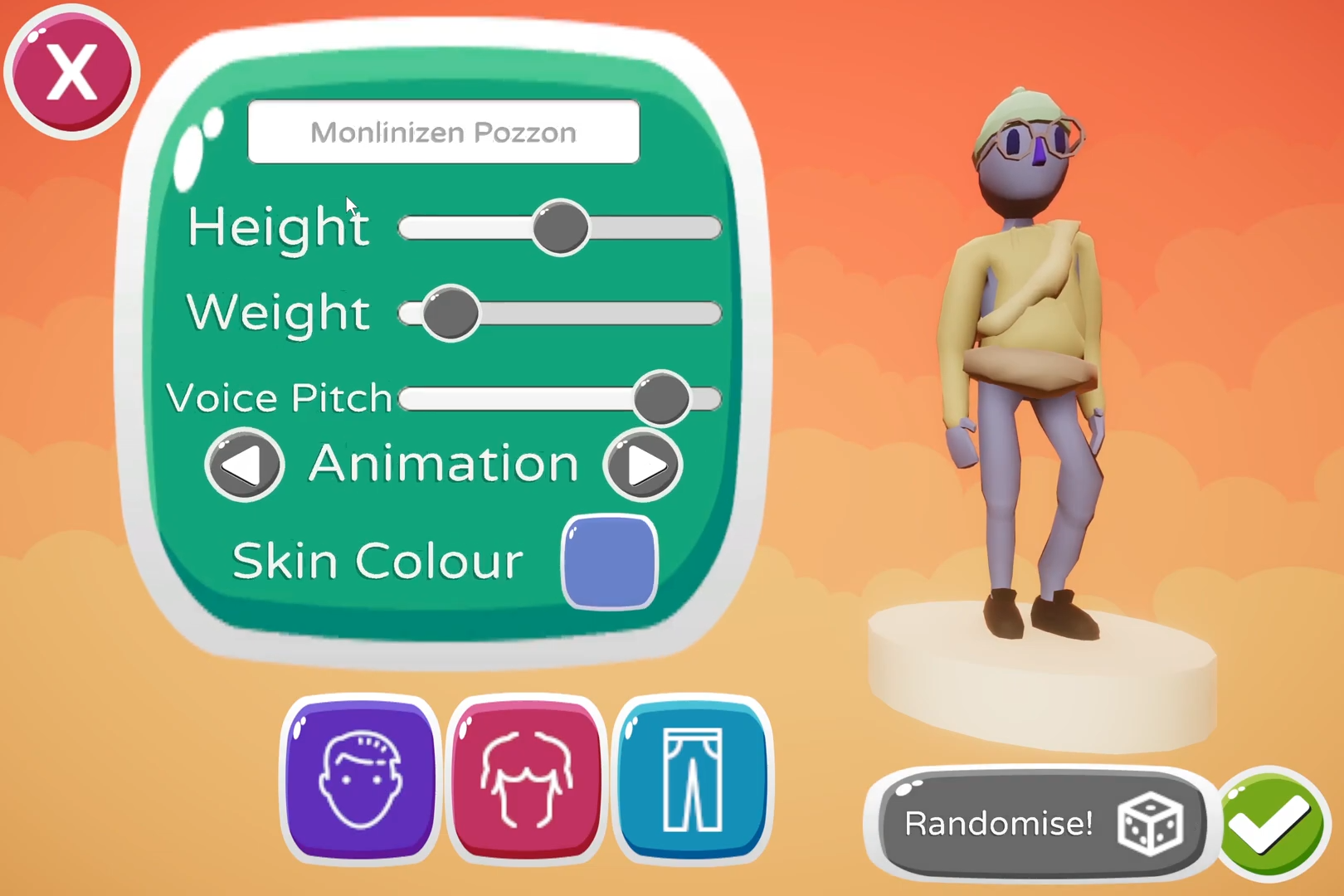
Wandering
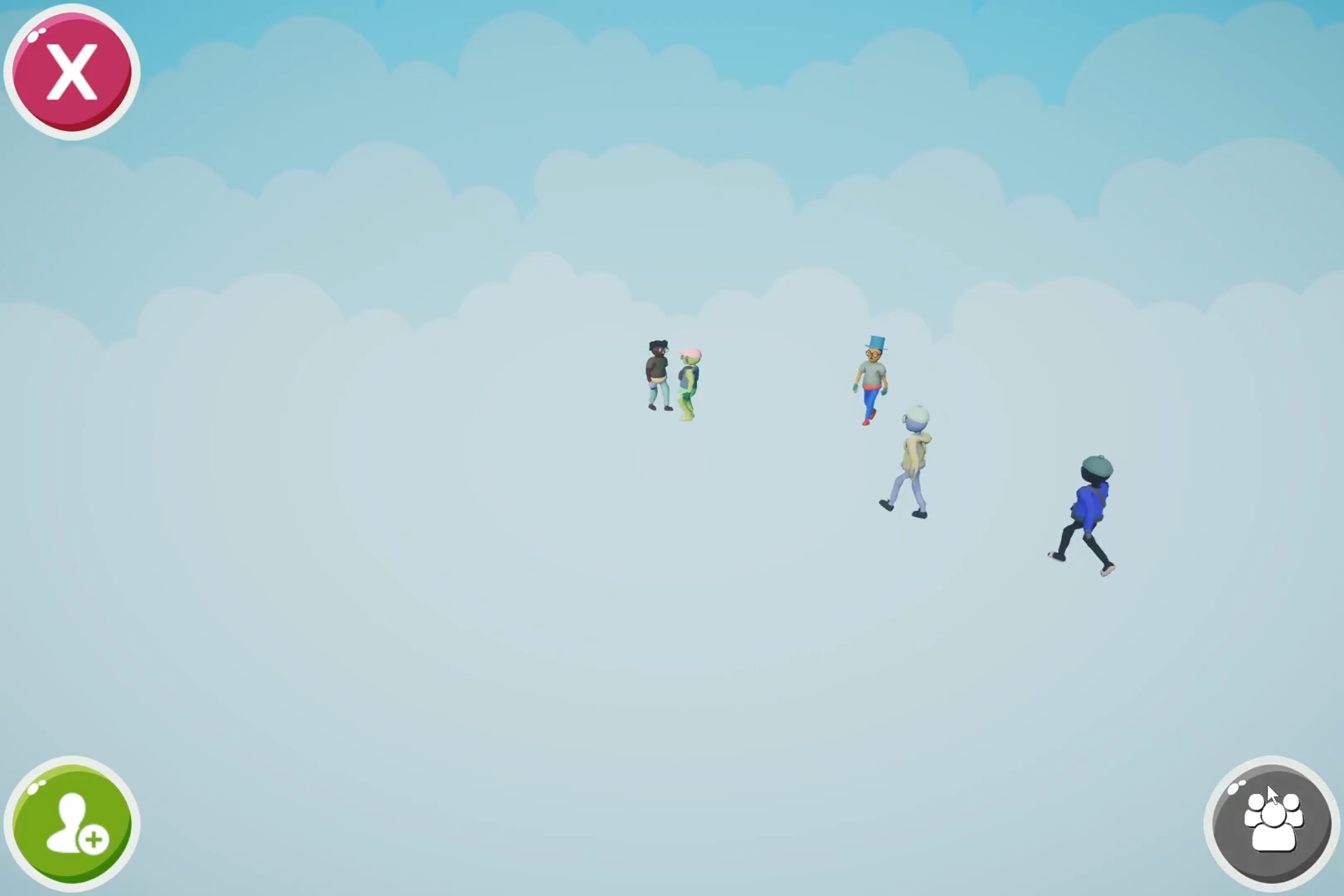
Upper Body
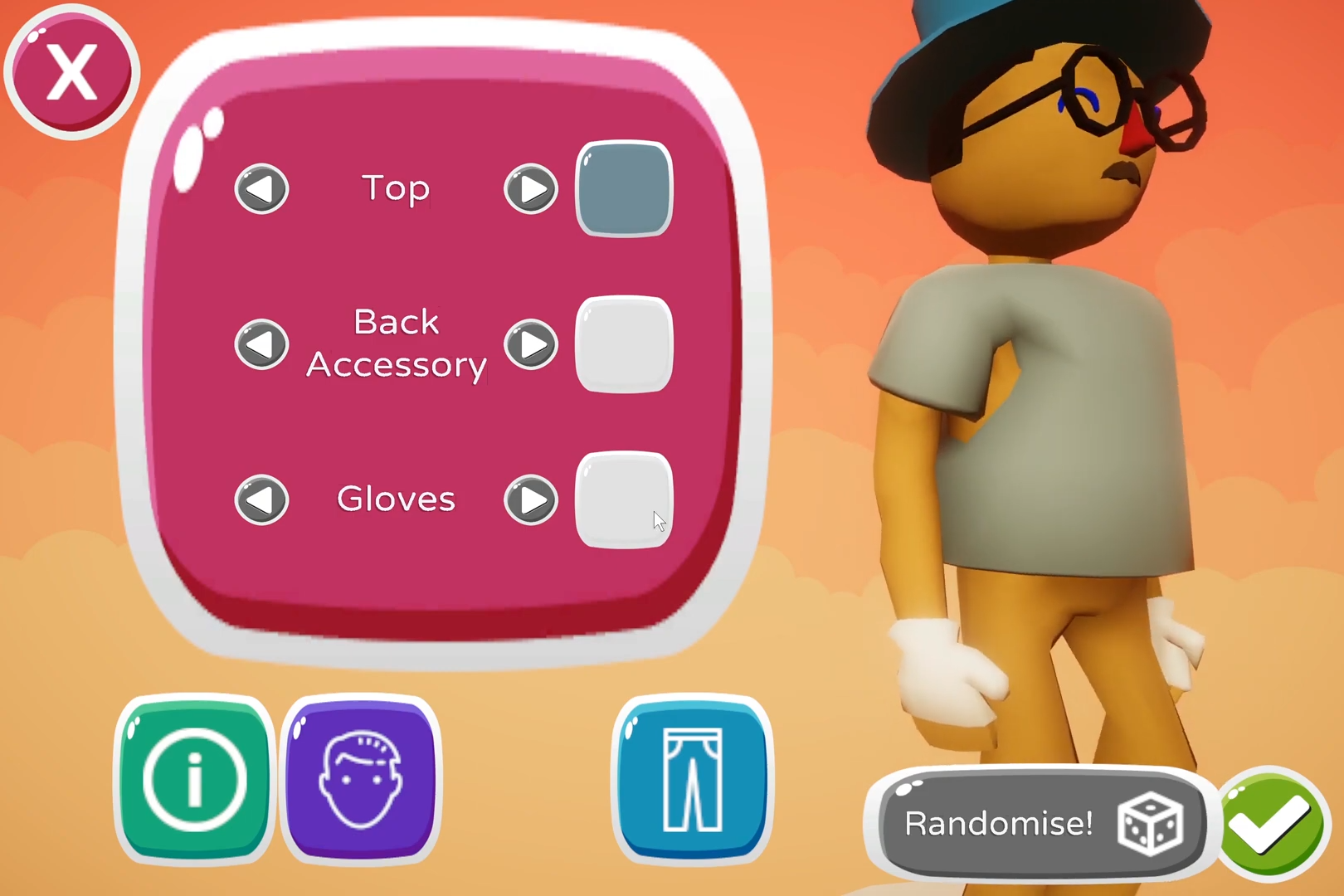
Lined Up
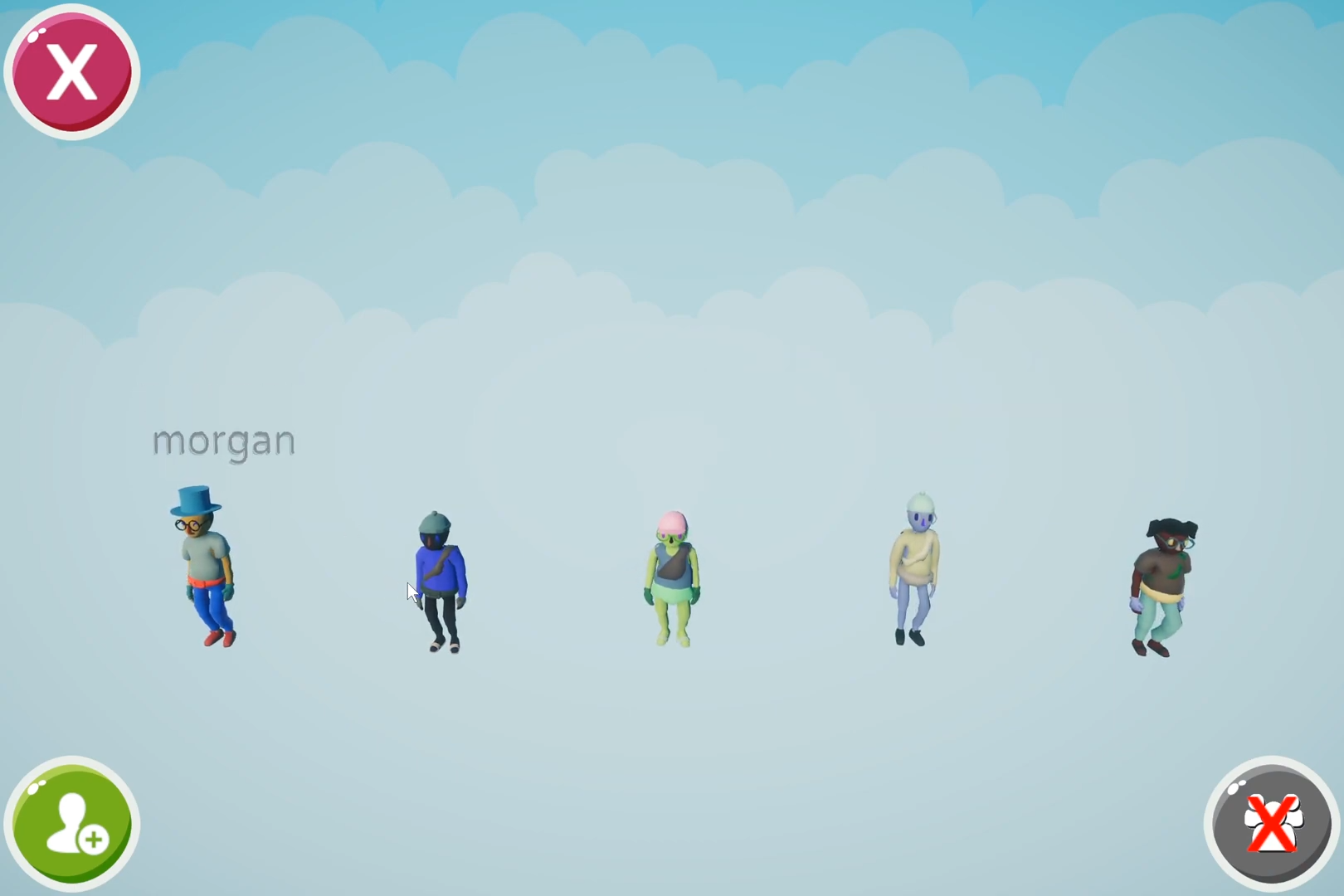
Color Picker
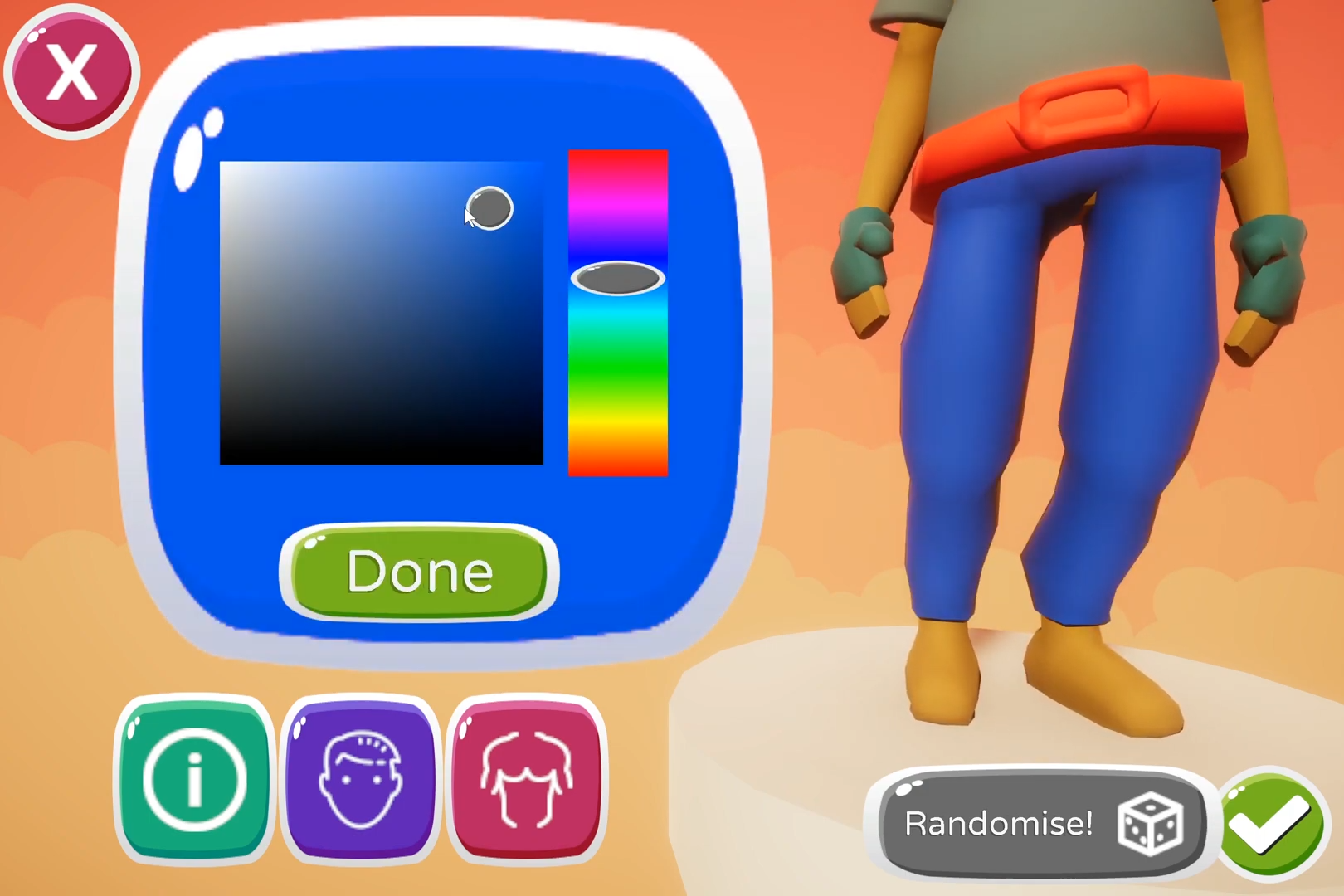
Picked Up

Emotional Speed Dating
Emotional Speed Dating is the outcome of a research project on human emotion detection and machine learning. I designed the study to examine emotion detection and applied it by creating a Unity/C# game that uses emotion as an input. The game simulates a speed dating event, and the objective is to find true love by empathizing with your dates (mimicking their emotions). A convolutional neural network powers the emotion detection. The study’s methods and findings can be read in full, or summarized in the poster below. Through this project, I aimed to deepen my understanding of emotion detection and machine learning applications in games.
Card Cavern
I developed Card Cavern, a roguelike card game using Unity and C#, in just under 12 weeks while juggling other projects. The goal of this project was to showcase my ability to bring a product to market within a set timeframe, and also demonstrate my knowledge of implementing monetization within applications, which is highlighted by the in-app purchases within the game. Additionally, I used this project as an opportunity to improve my art skills, as all the art in the game was created by me. One of the requirements of this project was to keep a development log which can be seen below. The game is now available on the Google Play Store and the source code can be found on GitHub.
Main Menu

Attacking
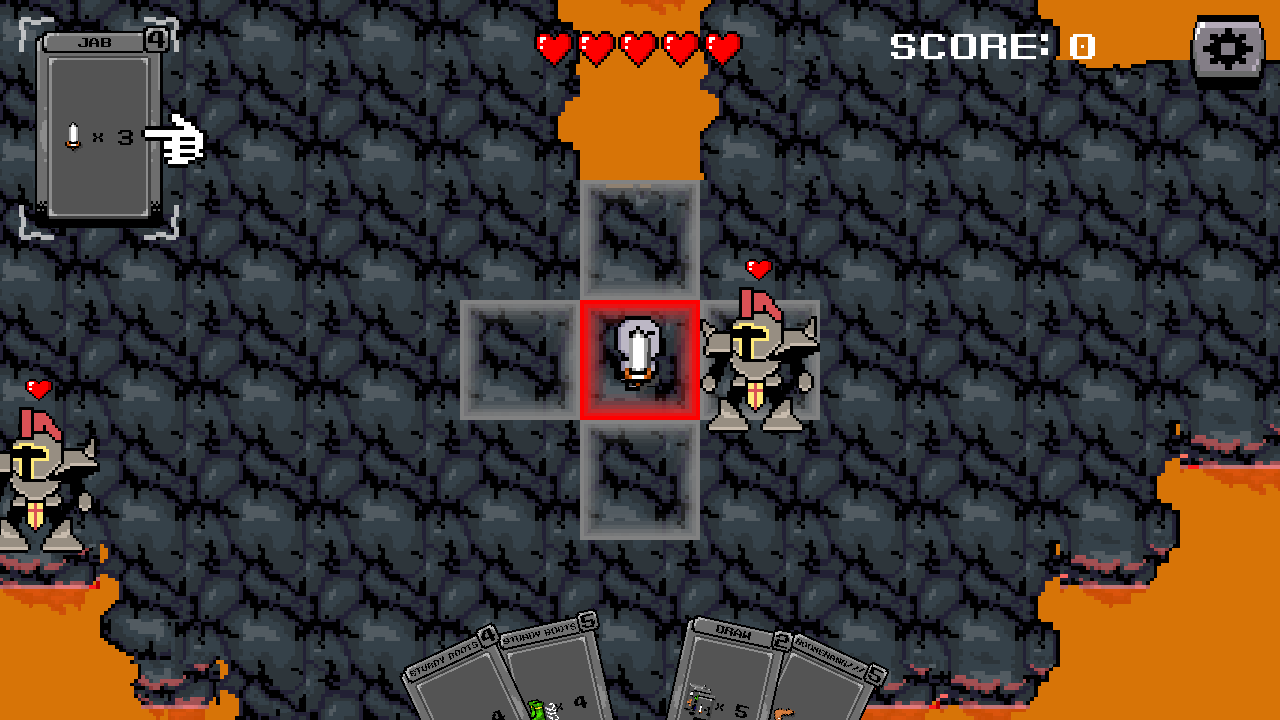
Exploding
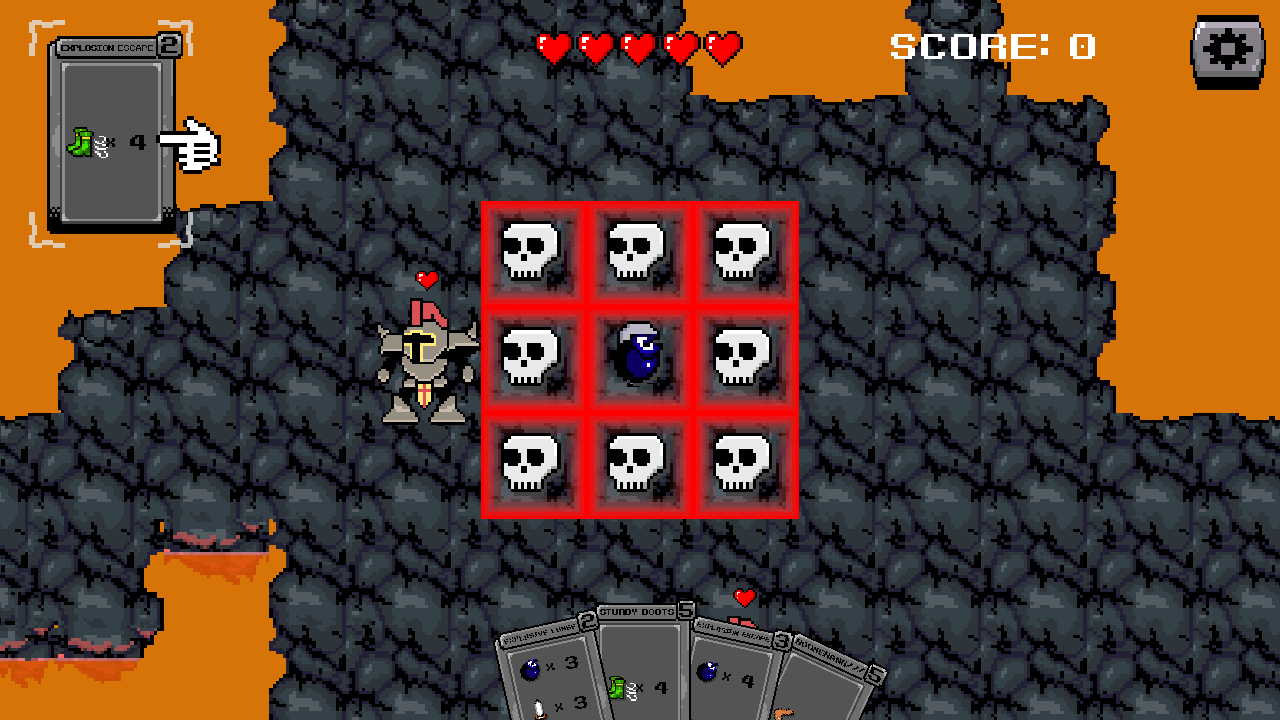
Game Over
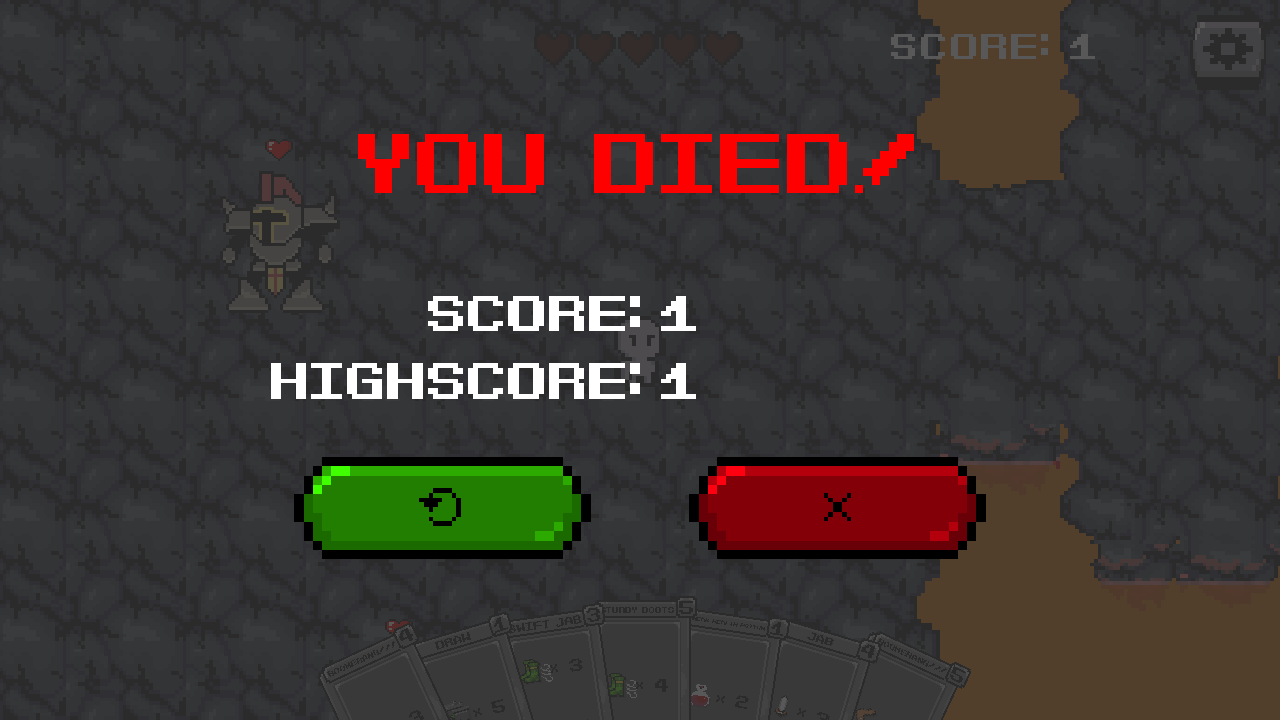
Boomerang

Discarding
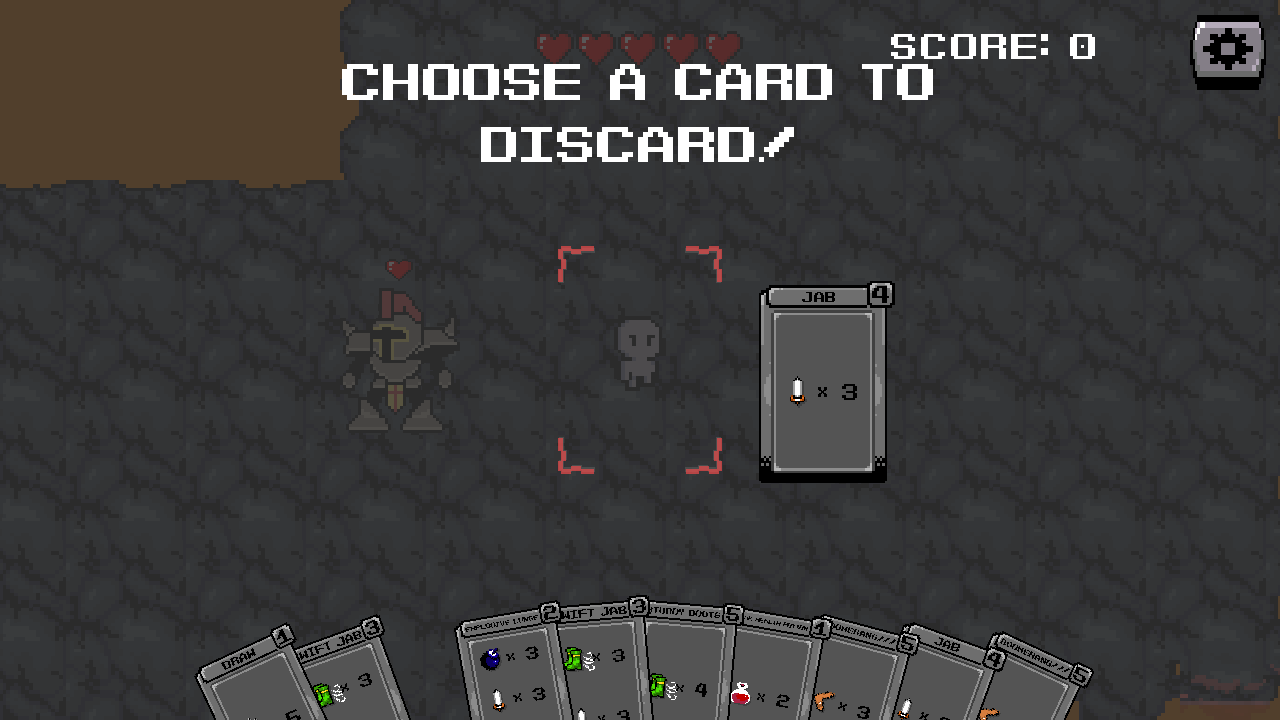
All the way USA!

I created All the way USA!, an Augmented Reality mobile application, to increase my knowledge of the individual states of the USA. The app is built using the third-party package Vuforia, which handles the majority of the AR functionality. The app displays a 3D map of the USA on a dollar bill when the camera detects one. The user can interact with the map by scaling it with a pinching gesture and toggle different features such as state names, state abbreviations, and capital cities. By selecting a state, the user can reveal more information about the state, including its flag, seal, and a brief article about its history and statistics. Additionally, the app includes three quizzes that test the user's knowledge of the states' names, flags, and capital cities. The user earns a point for correctly identifying the corresponding landmass on the first try, and their high score is saved in the app and displayed over the testing buttons. Unfortunately, since the app was created with the free version of Vuforia, I am not able to distribute it on the Google Play store or Apple App store without purchasing a subscription, but the download link is provided for the Android APK.
Test Your Knowledge
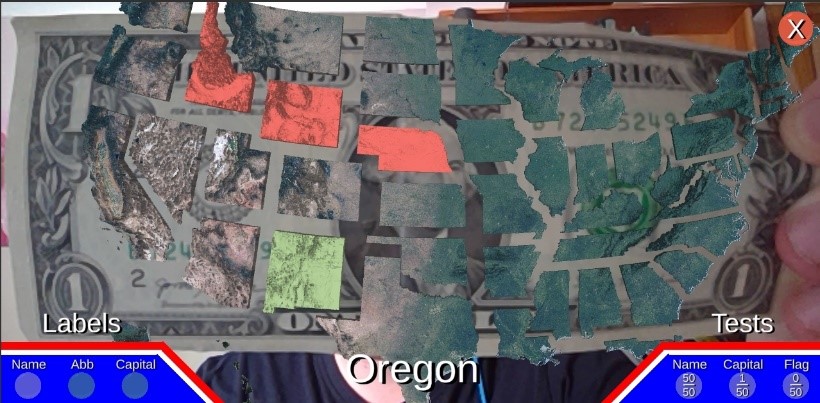
Info On Each State

Scaled Small
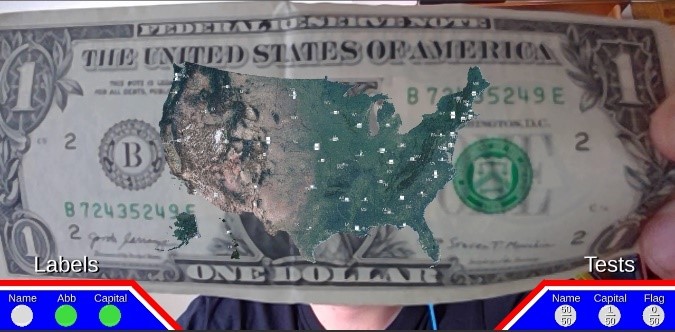
Scaled Large

Start Screen

3D Model
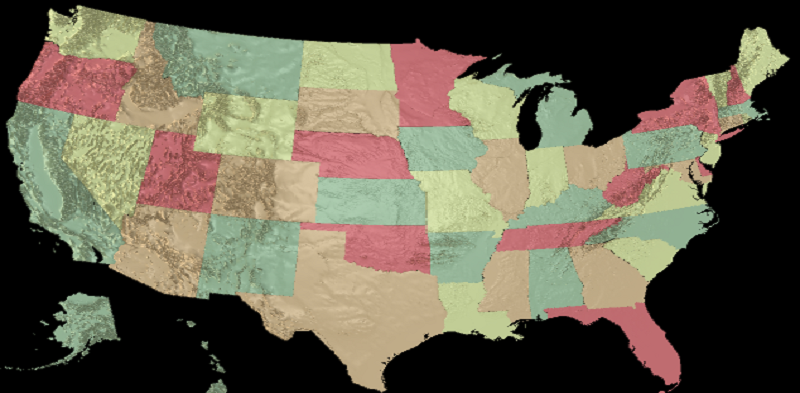
Unity Shader Tutorial
I created a tutorial on shaders in Unity as a project to deepen my understanding and share that knowledge with others. The tutorial, written in C#, teaches the basics of shader programming and enables learners to create their own shaders. It has been well received, with over 22,000 views and a 95.25% like-to-dislike ratio. The tutorial includes a final project containing all shaders and a downloadable link to support learning. For those who prefer reading, a transcript of the tutorial is also available.
Koopa's Revenge
I created Koopa's Revenge, a game for the Game Boy, with the goal of incorporating both sprites and particle effects into the game scene. The game was developed in C/C++ using Visual Studio and the NO$GBA emulator/debugger. One of the challenges of this project was the limited documentation available for GBA programming and the lack of robust debugging tools. Despite these challenges, I found the experience to be a great learning opportunity for understanding the fundamentals of hardware programming and I enjoyed the process. The NO$GBA emulator I used for this game is available at this link, and the game file can be found on the GitHub repository.

Transfr
At Transfr, I contributed to groundbreaking VR-based career exploration and skills training solutions that transformed workforce development across the United States. As a key developer, I engineered custom VR job training simulations that enhanced engagement and training efficacy across diverse vocational courses. I significantly improved the development pipeline by optimizing the company's in-house SDK and authoring comprehensive technical documentation, streamlining onboarding for both technical and non-technical team members. I also played a crucial role in redesigning and implementing a unified launcher for all simulation products, improving user flow and accessibility. The platform's impact has been substantial, reaching over 275,000 learners across 48 states, with more than 1 million training simulations completed through 1,100+ implementations nationwide.
Space Forge
Built in Cardiff.
— Space Forge (@Space_Forge) April 29, 2025
Bound for orbit.
Designed to make next-gen materials that will transform entire industries.
But before ForgeStar®-1 left the hangar, it got a send-off like no other - a performance by the Caerphilly Male Voice Choir, that hit all the right notes and set the… pic.twitter.com/VQdGt7JWKk
Space Forge is pioneering revolutionary space manufacturing technology focused on producing ultra-high quality semiconductor substrates using space-derived crystal seeds. I played a key role in developing their innovative satellite system, designing and implementing the full user interface to ensure seamless, high-performance data visualization. By leveraging the unique properties of the space environment - including microgravity for perfect crystal formation, vacuum conditions for eliminating contamination, and near-zero temperatures for optimal processing - I helped develop solutions that set new standards for semiconductor manufacturing. I pioneered advanced factory solutions using cutting-edge XR technologies, successfully validating a pilot program for cost reduction in complex manufacturing workflows. Additionally, I integrated back-end telemetry data with the front-end interface to create a dynamic, user-specific profile display system for the ForgeStar® Platform.
3t Drilling Systems
At 3t Drilling Systems, I worked on cutting-edge simulation technology solutions designed to enhance safety and efficiency in the oil and gas sector. As the world's leading provider of drilling simulators with over 1,500 simulators deployed across more than 60 countries, I provided crucial global deployment and performance support across three continents, ensuring mission-critical stability for clients including Shell, Chevron, and BP. I developed innovative visualization applications for V-walls, Dome displays, and VR environments, significantly enhancing the user experience and training fidelity of high-fidelity simulations for drilling operations, well control, crane operations, and well intervention training. Additionally, I spearheaded Unity framework maintenance and upgrades across the project portfolio, ensuring a stable and efficient development platform for the company's diverse range of training solutions.
Mogi's Inferno
Created for the Epic MegaJam 2025 with the theme "Here We Go Again," Mogi's Inferno is an intense escape challenge where players must learn and optimize their route through multiple attempts. Starting at the entrance of an apartment building, players have just 3 minutes to reach the evacuation helicopter waiting on the roof. Through each "failed" attempt, players discover critical shortcuts, item locations, and hazards to avoid, gradually building the knowledge needed to complete a successful speedrun within the time limit.
Loot Swipe
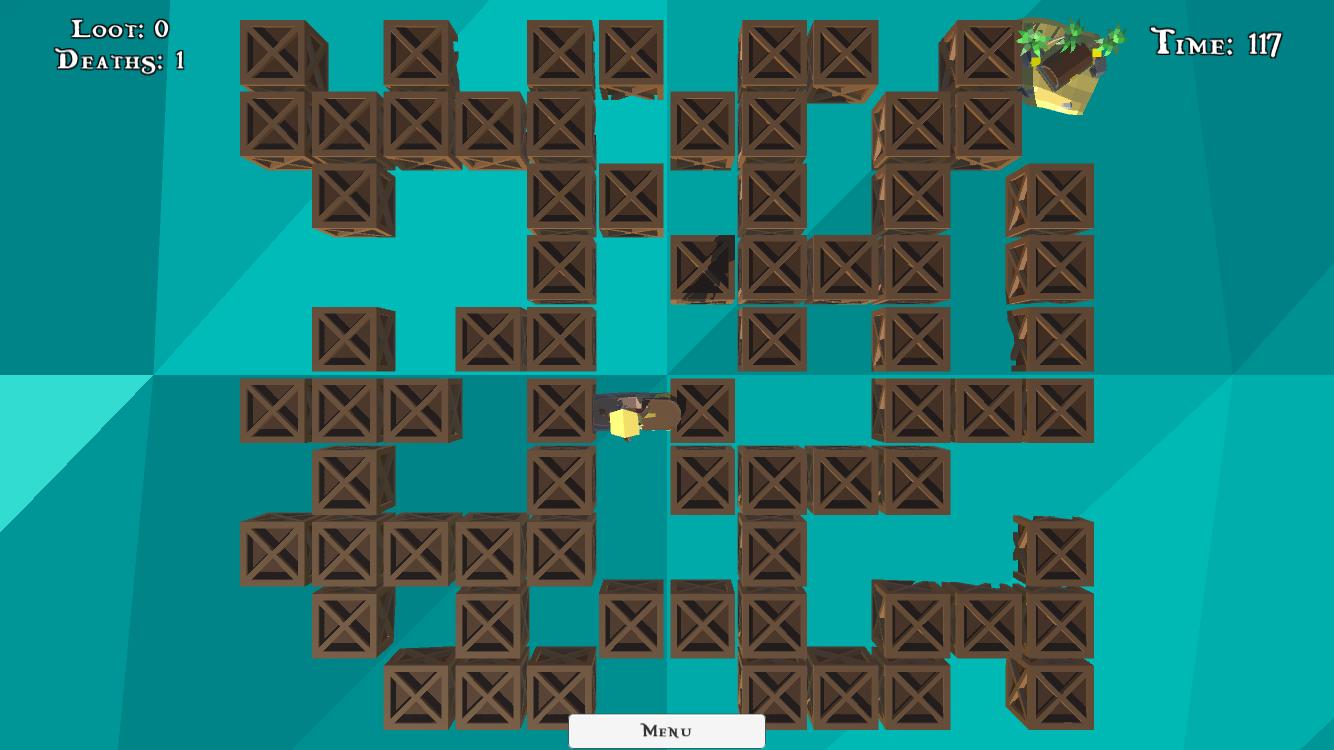
I created Loot Swipe, a mobile game, in under 24 hours using C# and Unity. The objective is to collect loot by navigating through a maze of floating crates. The maze is generated using Prim's algorithm, and players can adjust its complexity. One of the biggest challenges was ensuring the maze remained on-screen regardless of complexity. The game is available on the Google Play Store, and the source code can be found in the GitHub repository.
Menu

Default Complexity

Settings
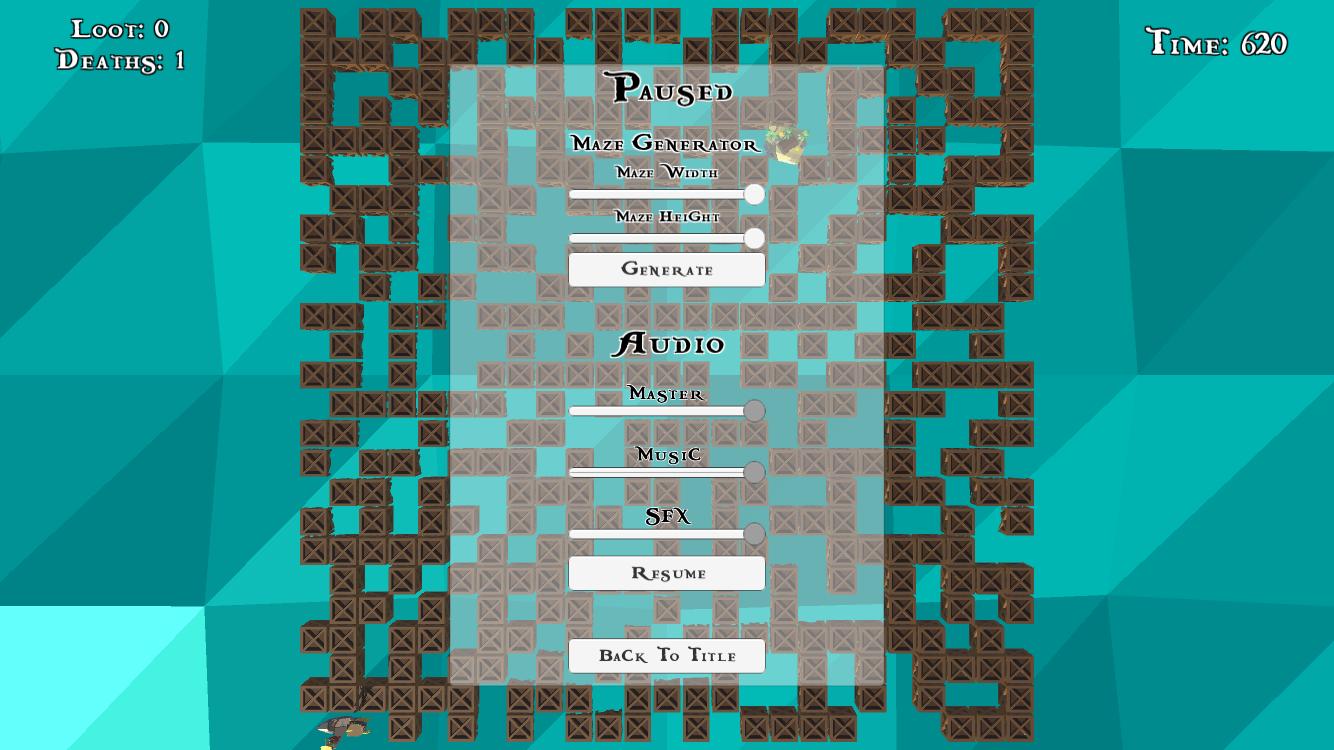
Projects I worked on at DTT
Edu Play Book
I was a main developer on Edu Play Book, an educational children's application that features games, puzzles, and stories in multiple languages. I was responsible for creating many of the core systems of the app, including integrating a Content Management System within the books, developing a recording feature, creating an interactive home scene, and designing many of the games. These are just a few examples of the parts of the app that I worked on.
Fly Me to the Stars VR
I was part of the team that developed an app enabling users to explore the solar system in VR and connect constellations. My role included quality assurance, bug fixing, and creating promotional material, such as the video shown here.
Flip Puzzle
I was a core member of the development team for a game whose objective is to reach a chest by any means possible, whether it be flipping to "the other side" or collecting keys to unlock doors, while avoiding enemies and traps. The game features a story mode and a level editor, where players can create their own stages and share them online for others to compete on. I joined the project in its early stages and quickly became an integral part of the team. My contributions included implementing gameplay mechanics, animations, and the backend of the level editor and saving system. I also designed the Web API and worked with the web team to ensure the game could be played online.
OSR Star Finder
I worked on the OSR Star Finder, an app that uses a phone or tablet to provide an augmented reality stargazing experience. The app projects the stars in real time, so when users point their phone at the sky, they can identify the star, its name, and the constellation it belongs to. My role included quality assurance, bug fixing, and creating promotional material for the app, as shown here.
At Mouse's house
I collaborated with Pauline Baartmans, illustrator and animator of the children’s series ‘Thuis bij Muis’ (At Mouse’s House), to develop a reading app for kids. The app is powered by a CMS that enables easy addition and editing of stories. When I joined, the app already existed, but the client requested changes. As the project was smaller in scope, I served as the sole developer. I implemented the client’s changes, including animations, light/dark mode, refactoring, and numerous bug fixes. It was a great experience working with Pauline and delivering the updates to the client’s satisfaction.
Randstad Office Configurator
I developed a Unity-based web application for Randstad that allows users to digitally design and decorate every Randstad location worldwide. The application operates similarly to The Sims’ building and decorating features, with decorations generated through a CMS and costs automatically calculated. Users can share configurations and leave comments and suggestions on design features. My responsibilities included creating shaders, implementing post-processing effects, fixing bugs, and maintaining the overall project. I also created the promotional video for the application.
Yokai - Spirits of Battle!
I developed "Yokai - Spirits of Battle" a local multiplayer 3D fighting game inspired by monsters from Japanese folklore. Players select a character, choose a map, and battle for superiority. As the sole programmer and developer, I created all UI elements, sourced sounds, wrote scripts, and assembled the project in Unity. The 3D models for characters and stages were created by teammates. I designed the game with a modular approach, making it easy to add new characters by dragging and dropping the necessary elements into predefined slots. The game is available for PC and requires a controller; a download link to an executable version is provided.
Character Select
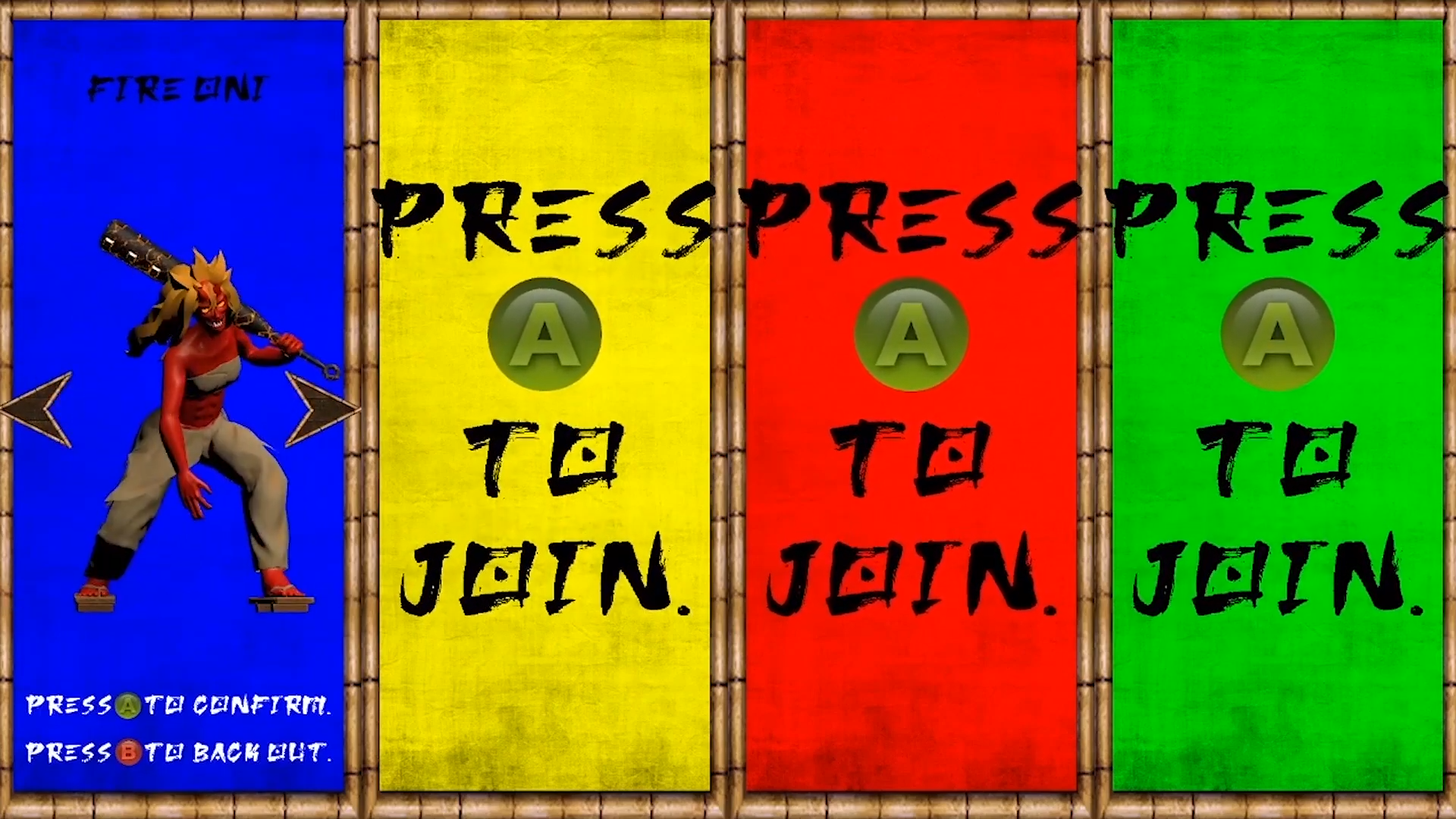
Map Select
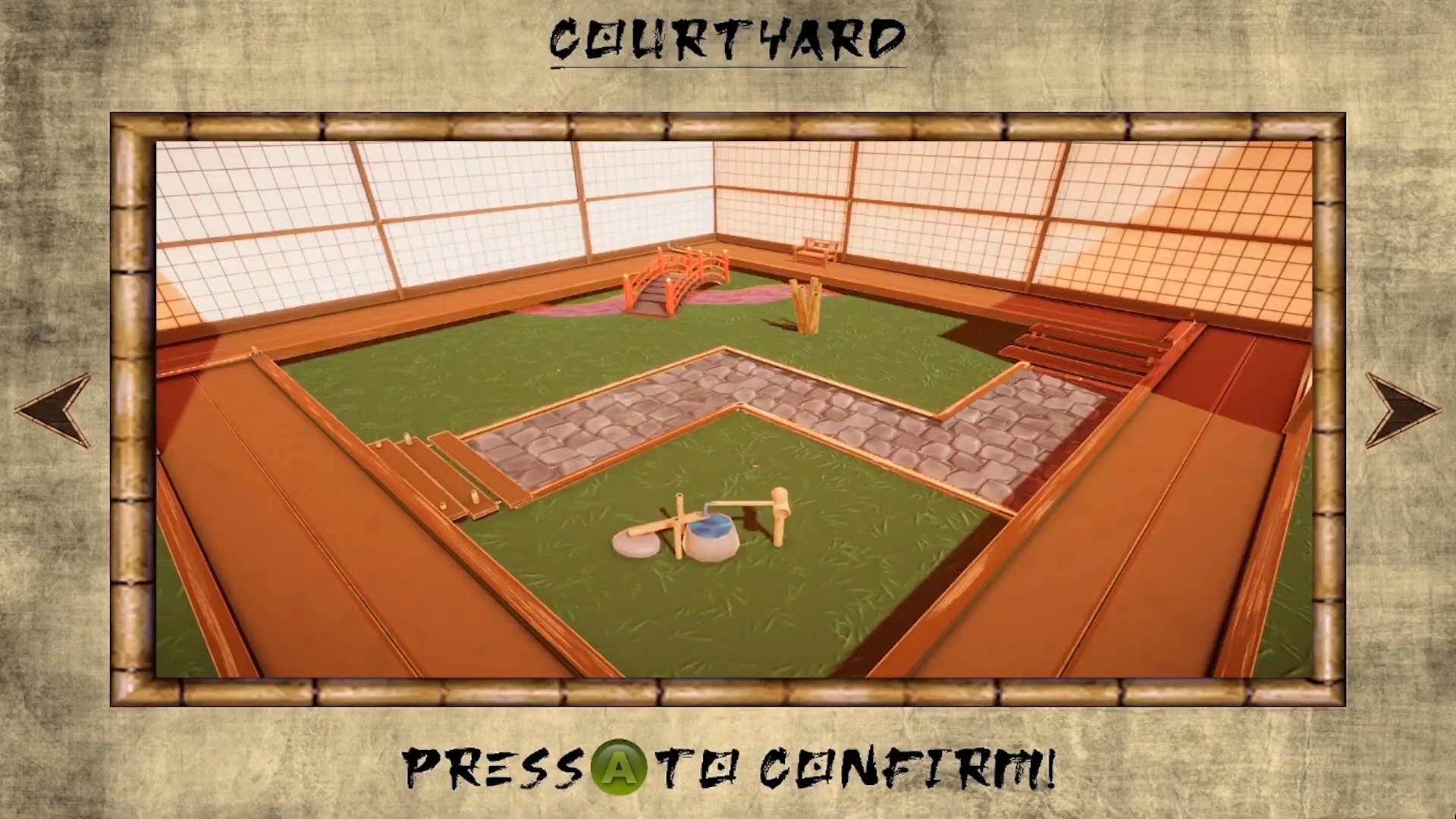
Pagoda
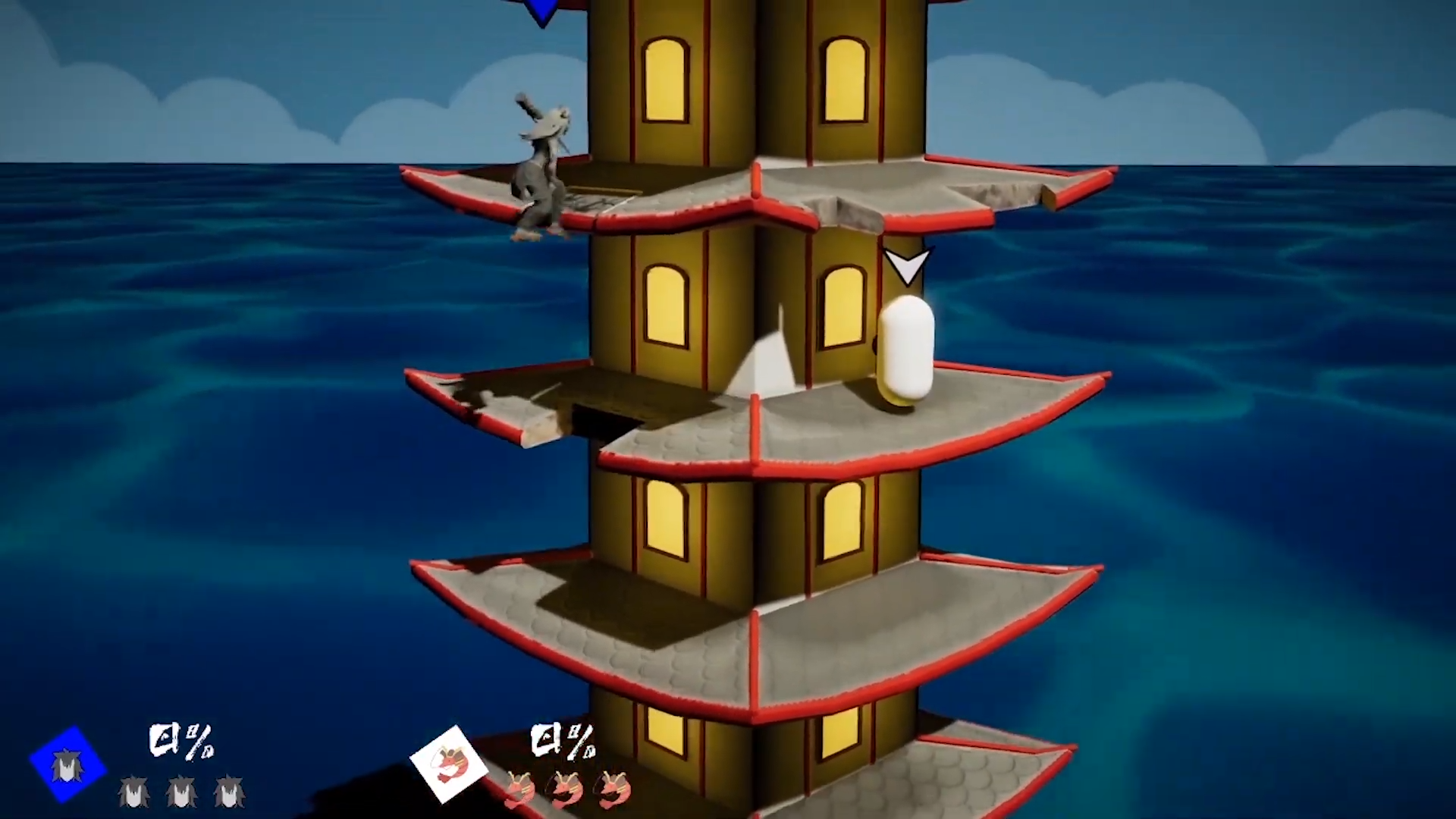
Courtyard

Pond
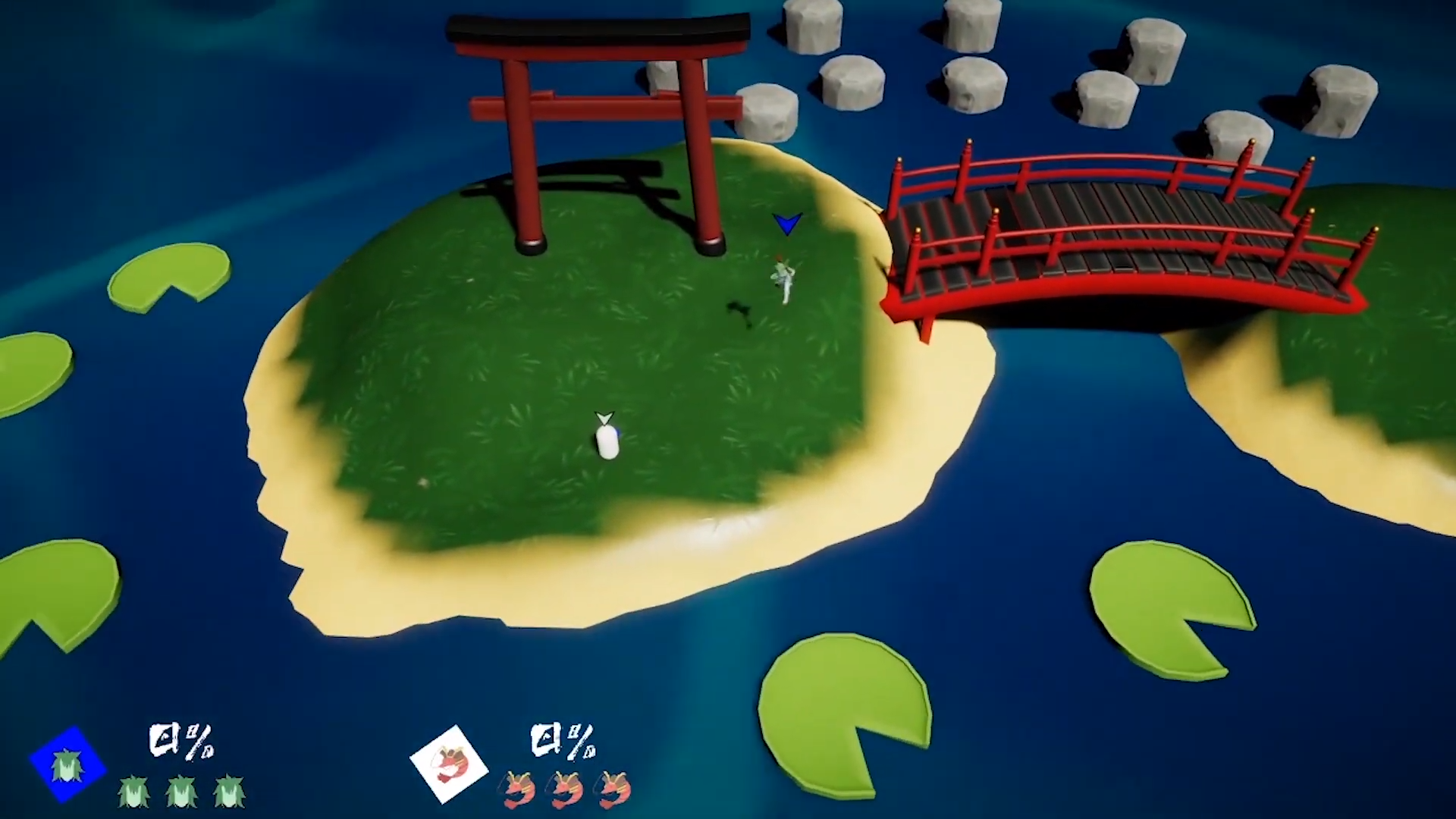
Sumo Ring
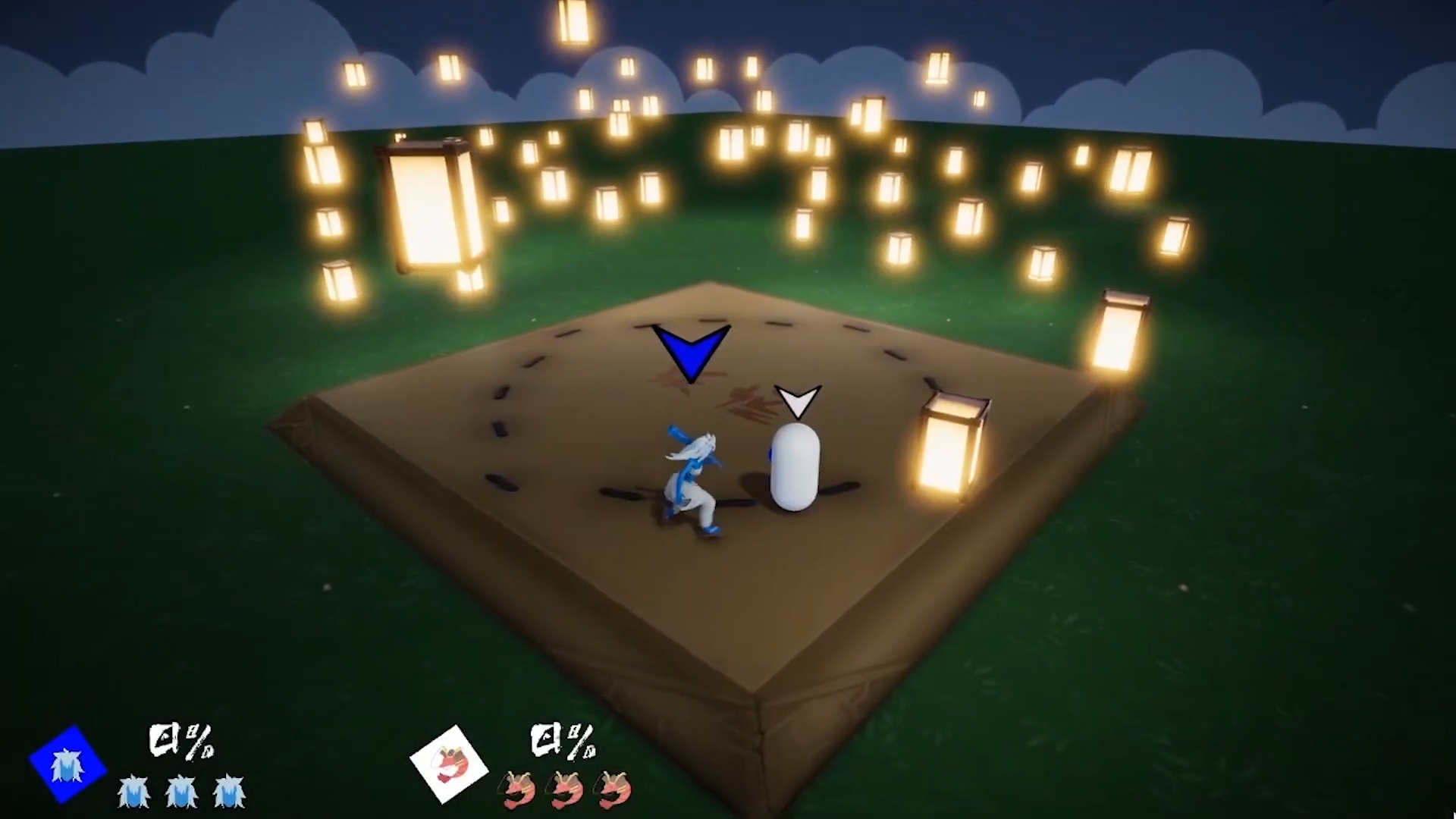
Open University VR
I created a comprehensive suite of virtual reality simulations for healthcare education and training using Unity. These simulations cover various nursing procedures and leverage voice commands, haptic feedback, head tracking, and hand tracking. I designed robust, scalable, and reusable classes, components, and systems. As part of a small team in an emerging field, I researched and implemented comfortable, effective interaction patterns. The simulations were deployed on Oculus Quest and released in a limited alpha. The suite isn’t publicly available; the link points to the Open University Learning Innovation team’s website.
I developed simulations for procedures including injection techniques, observations, blood glucose measurement, catheterization, phlebotomy, respiratory exams, nasogastric tube insertion, venepuncture, and wound care. I also created an onboarding simulation to introduce users to the experience in a seamless, intuitive way.
Blood Glucose

Catheterization
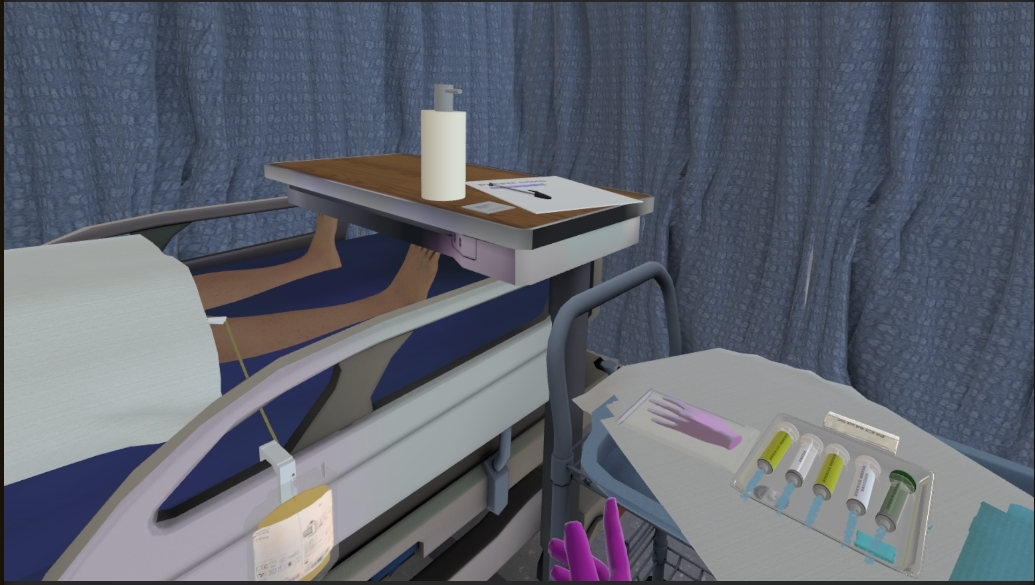
Blood Service
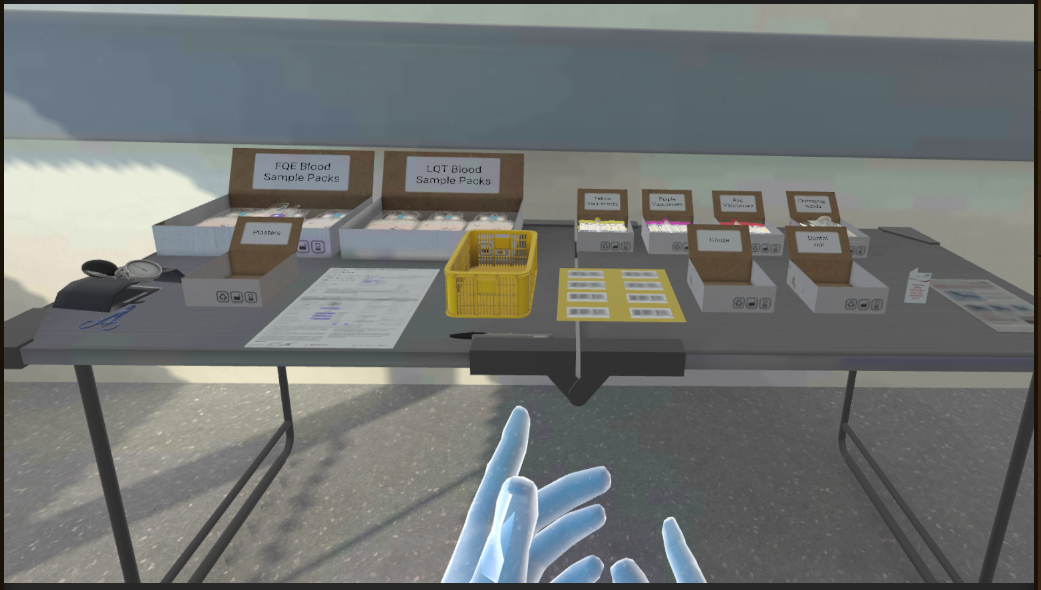
Respiratory
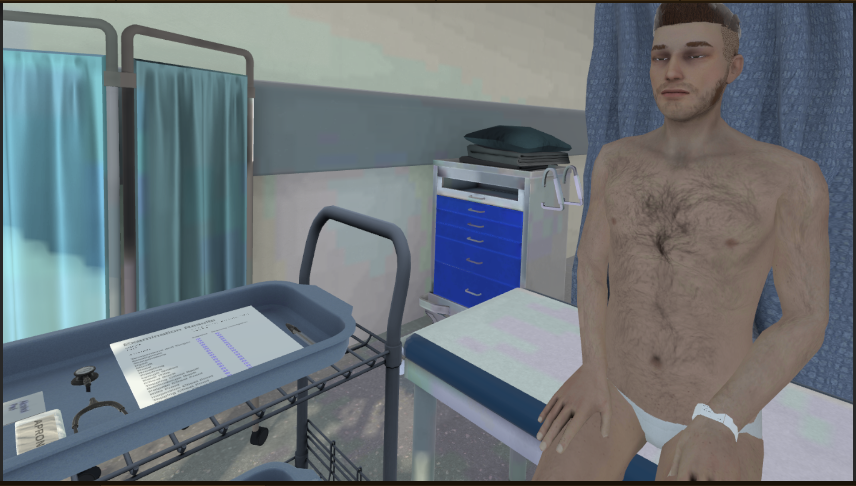
Blood Service

Nasogastric
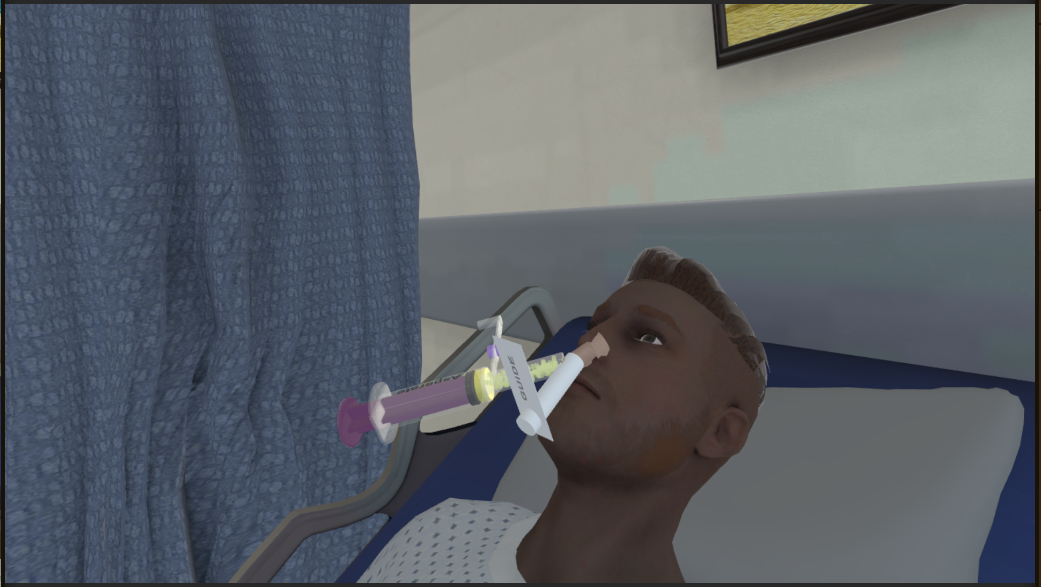
Venepuncture
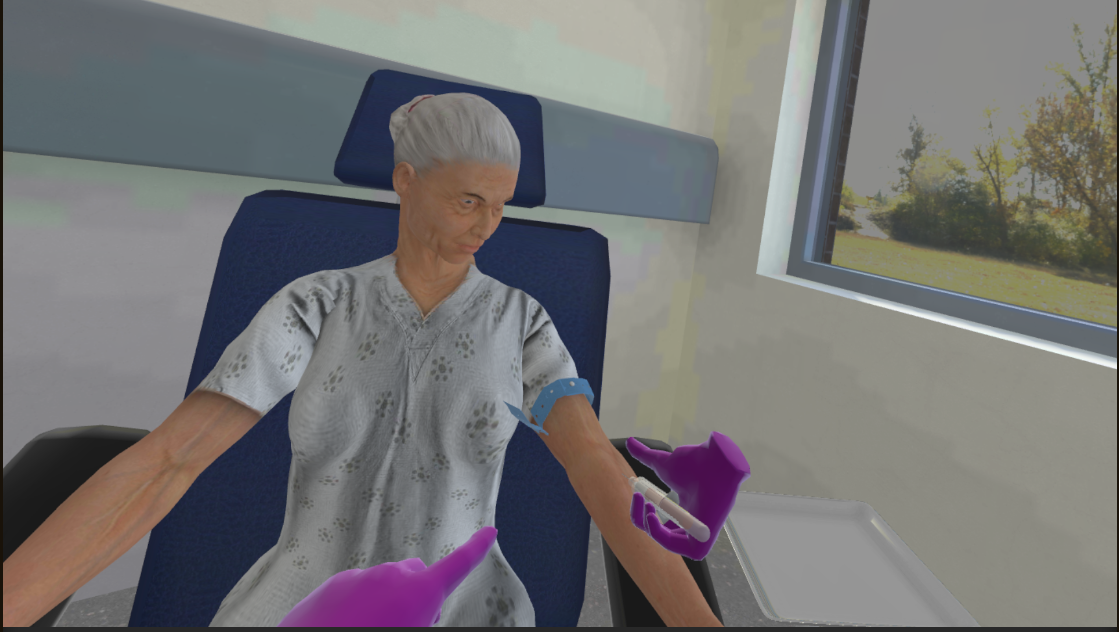
Wound Care
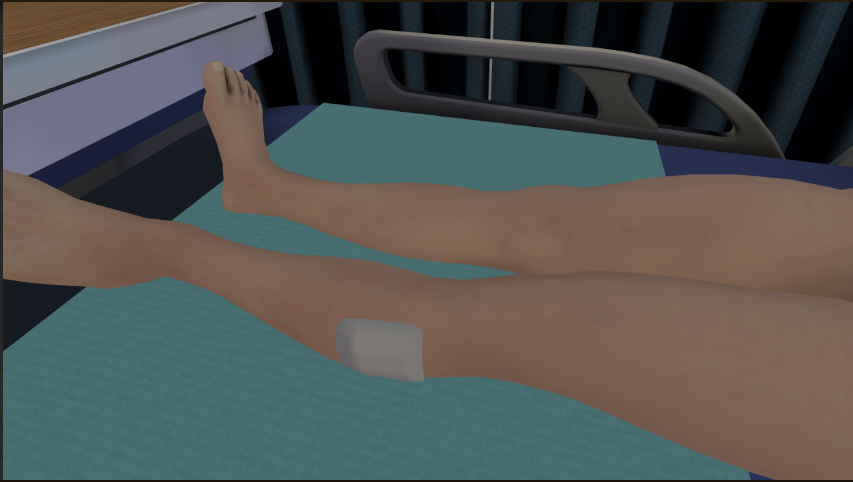
Nasogastric














